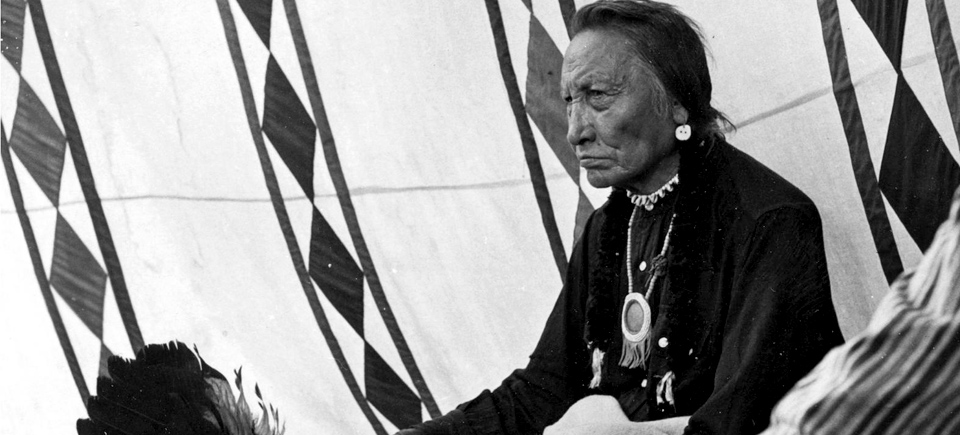
Photo Friday | Inside the Blood Indians’ Sun Dance
Photo Friday | Inside the Blood Indians’ Sun Dance
Directed by the one and only Colin Low in 1960, Circle of the Sun is a rare invitation to a gathering of the Blood Indians of Alberta. The doc features a very young (and very dapper) Pete Standing Alone, then an outsider to his own culture – a man vastly more interested in rodeos than in the “spiritual ways” of his ancestors.
In just under half an hour, the film documents both the Sun Dance of the Blood Indians (the first time it was ever captured on film), and the rowdy cowboy culture of the day, including scenes of cattle-roping, steer-decorating and saddle bronc riding.
Throughout, the photography is stunning.
Whether it is following young kids at play, spilling in and out of teepees, wildlife found on reserve, or the highly stylized grass dance, in which dancers young and old are adorned in beads and long white feathers, the camera work is nothing short of mesmerizing.
The film itself is in full colour, but you may enjoy these gorgeous black-and-white photo stills from the shoot:
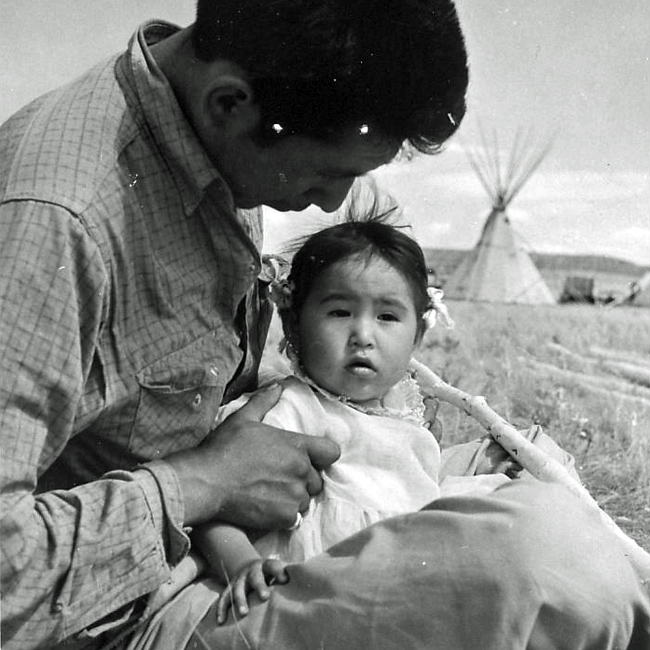
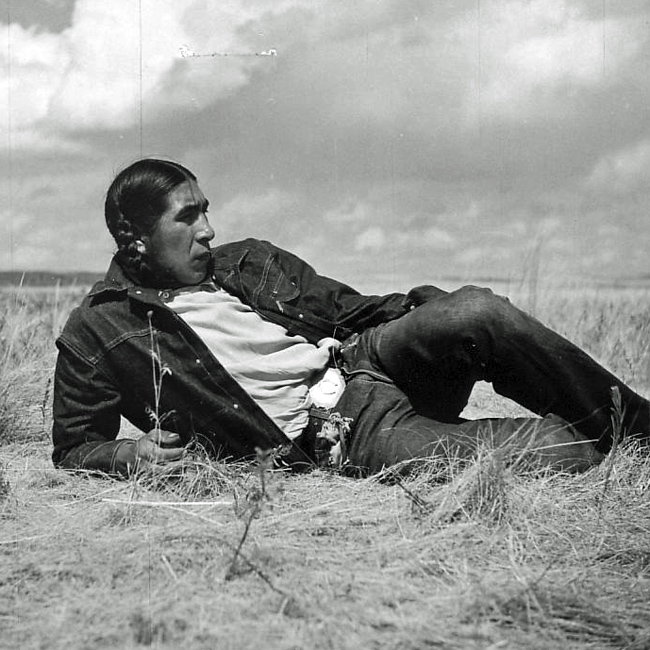
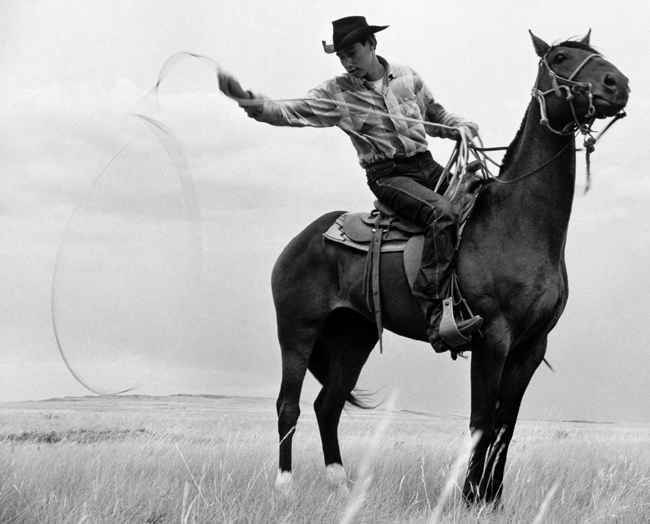

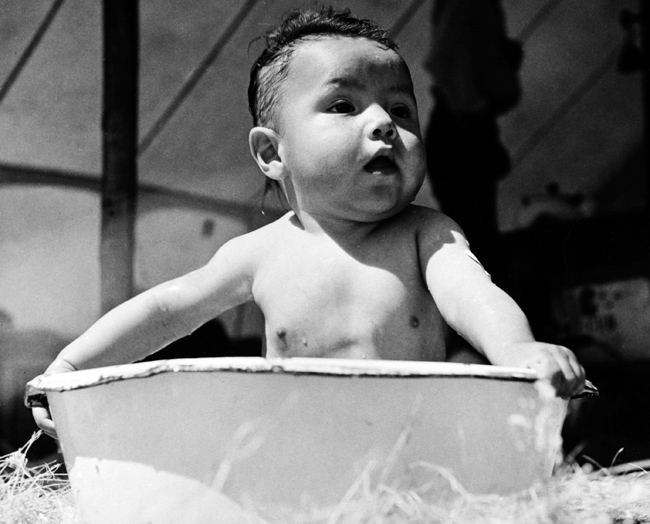

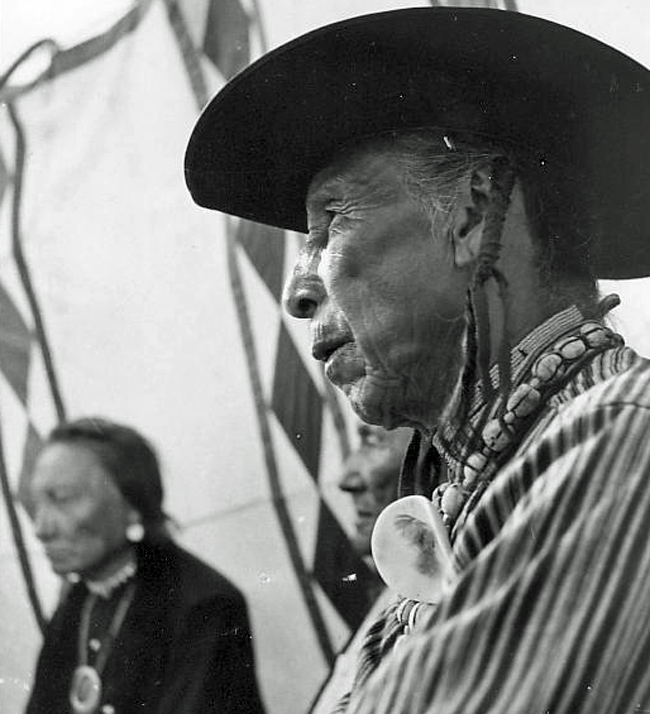
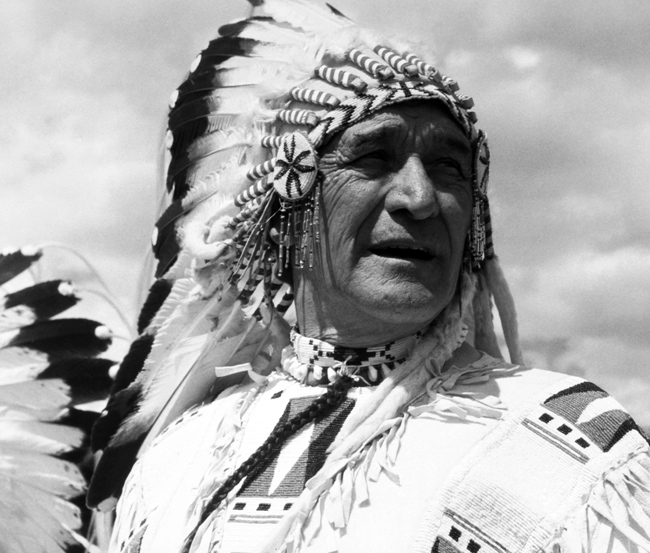
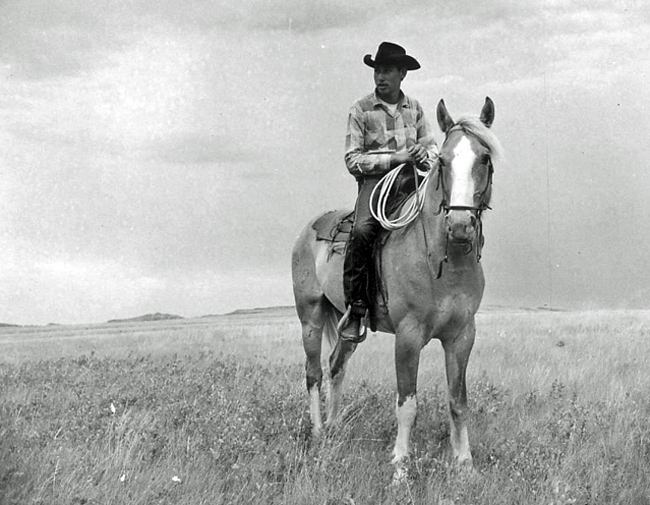
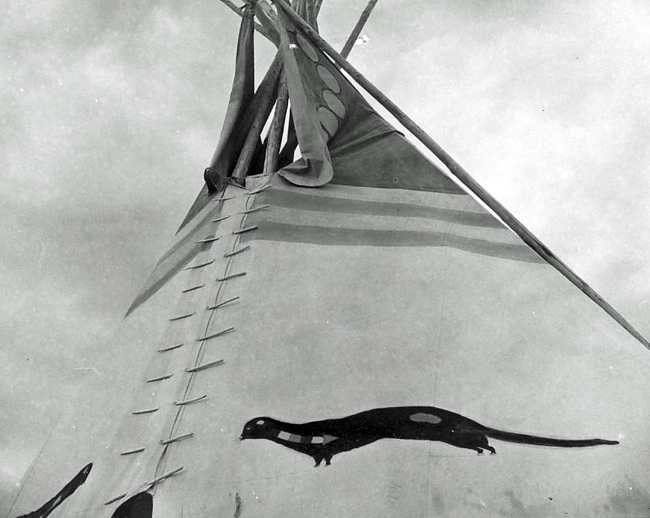
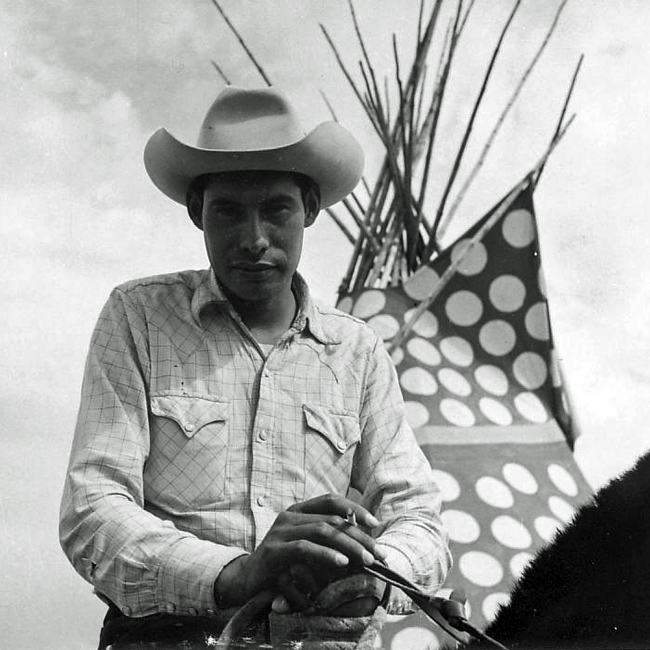
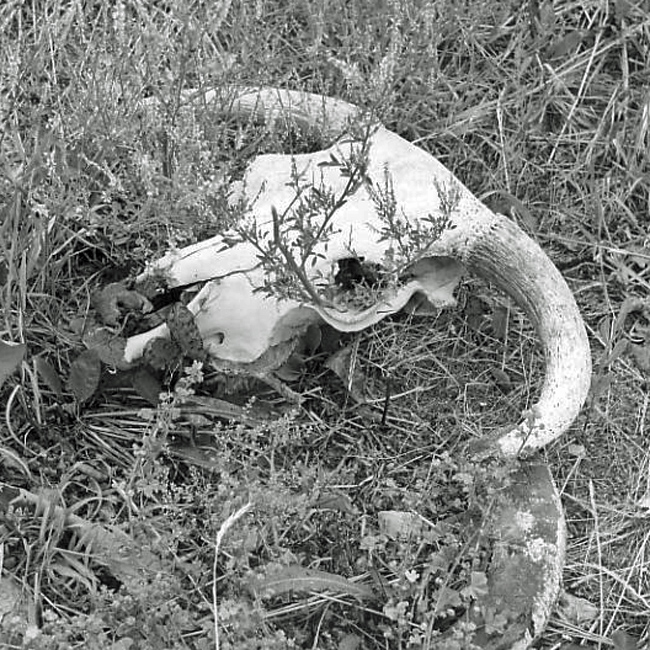


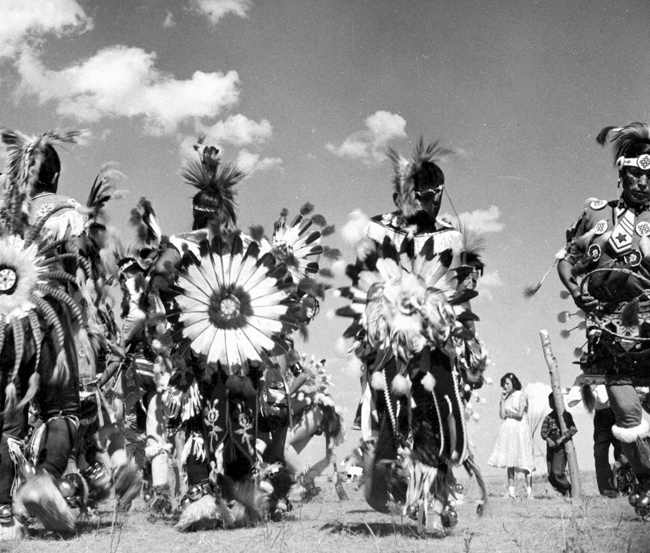
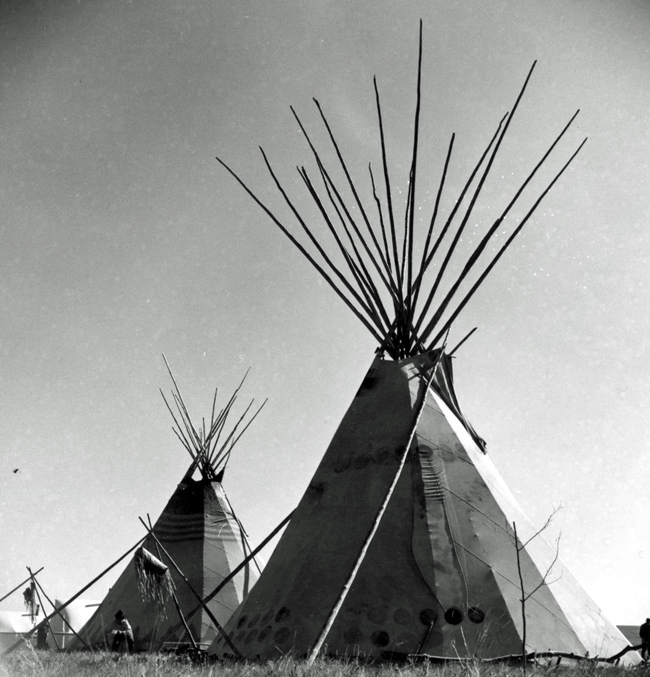
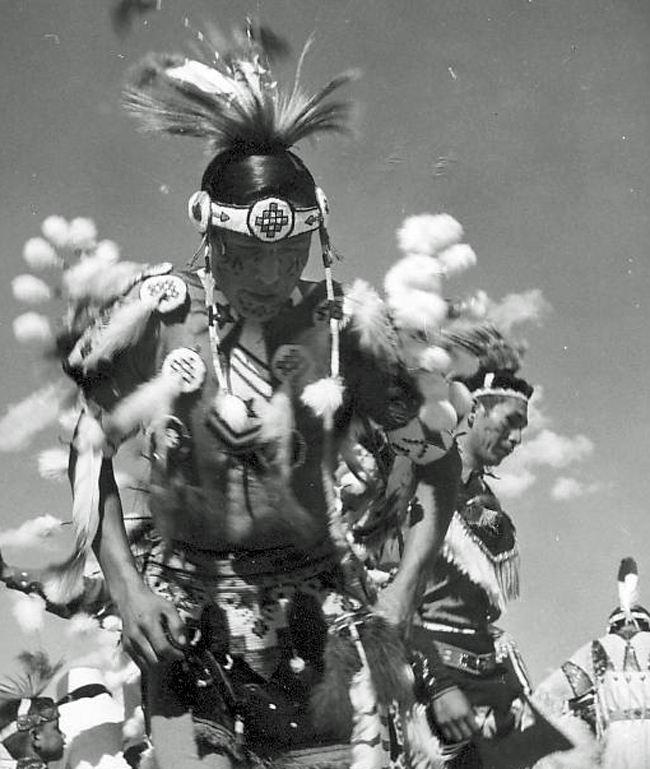
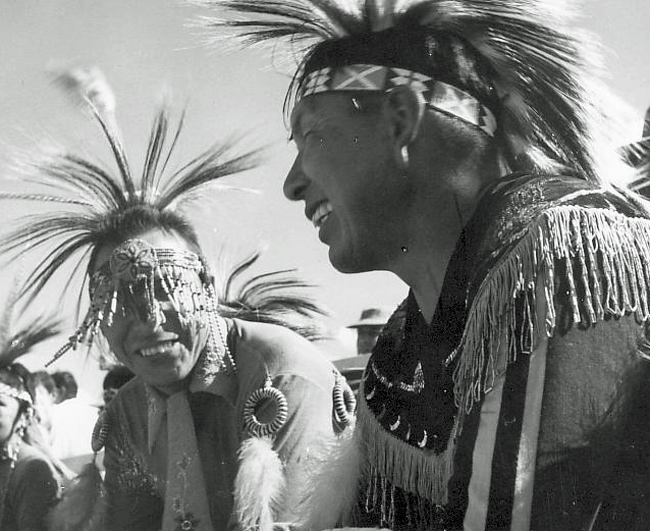
Circle of the Sun, Colin Low, provided by the National Film Board of Canada
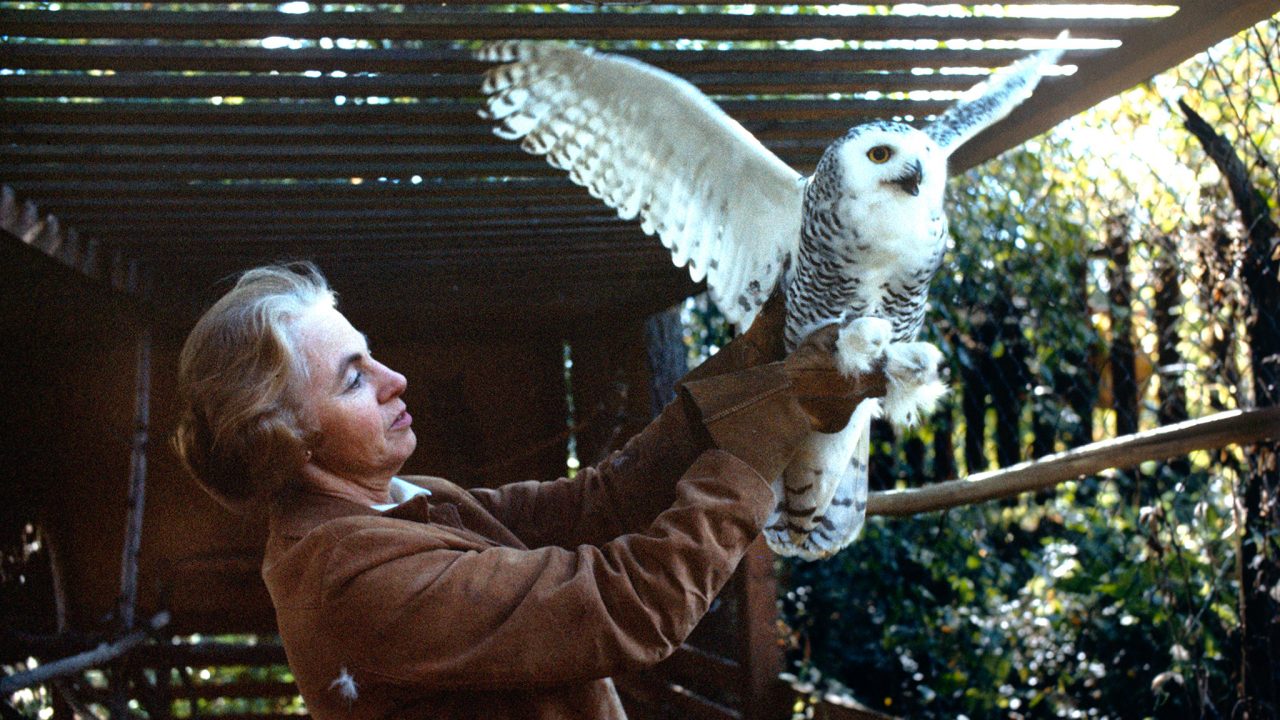
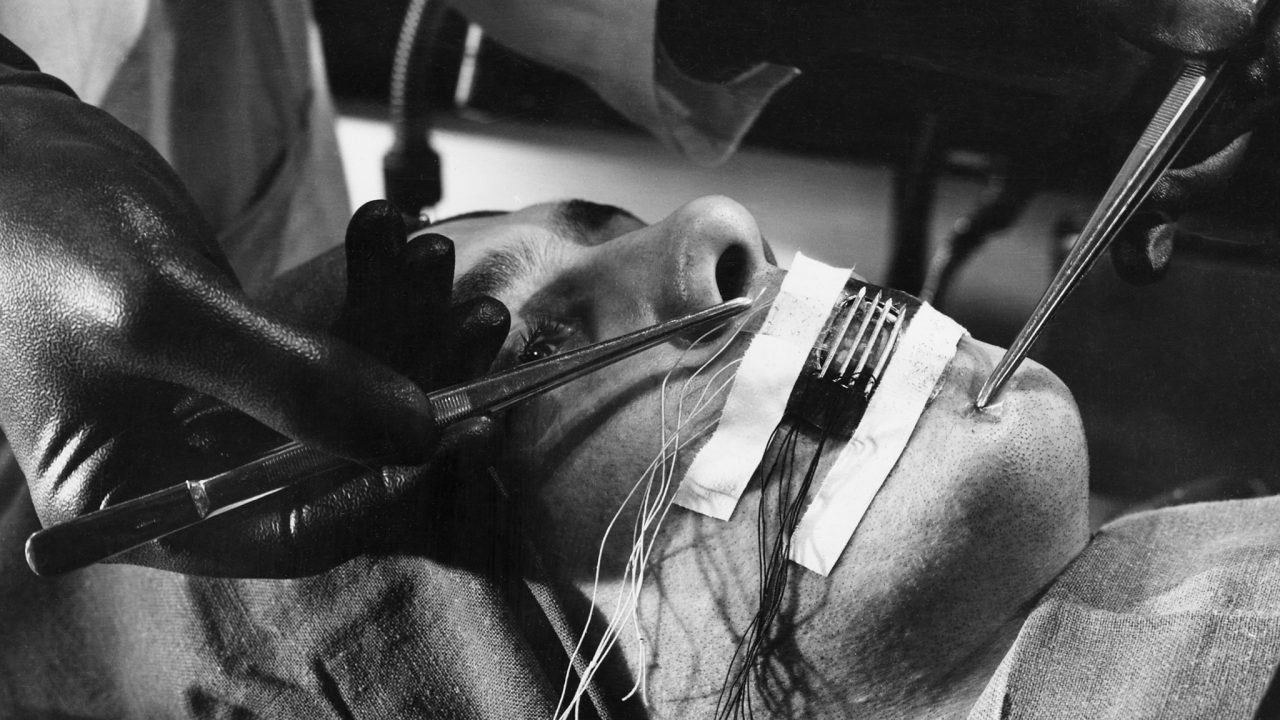
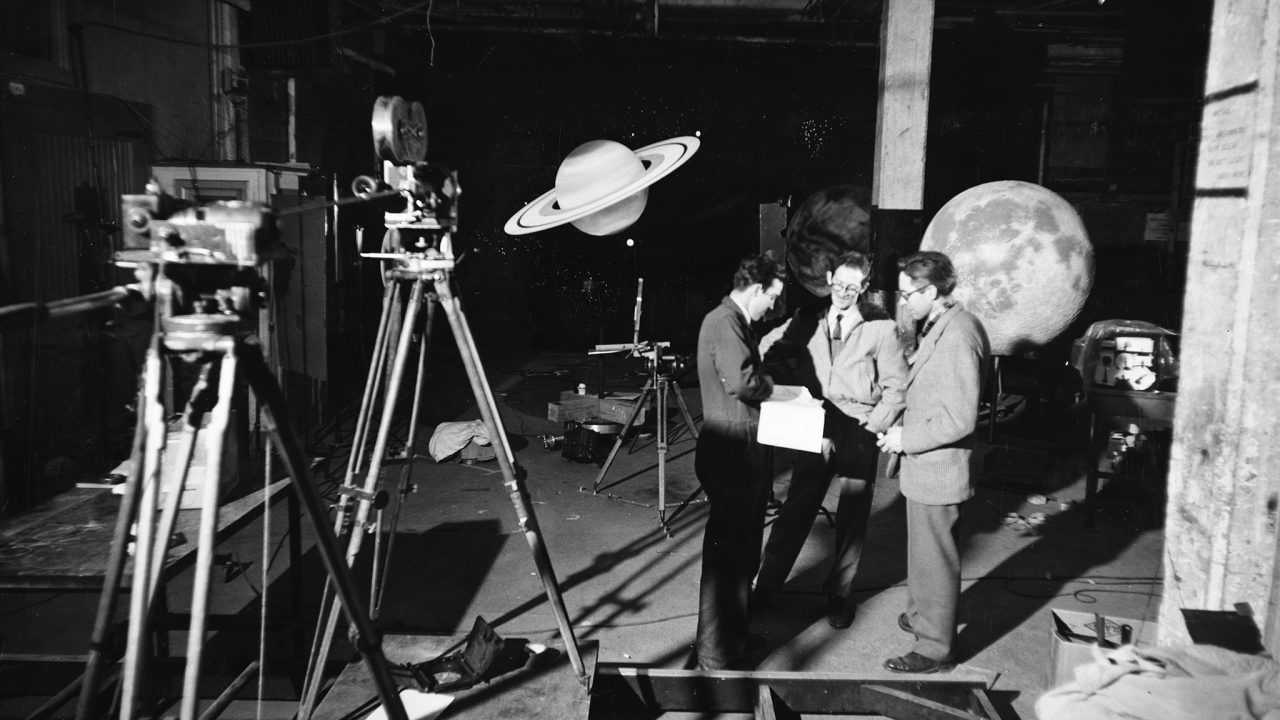
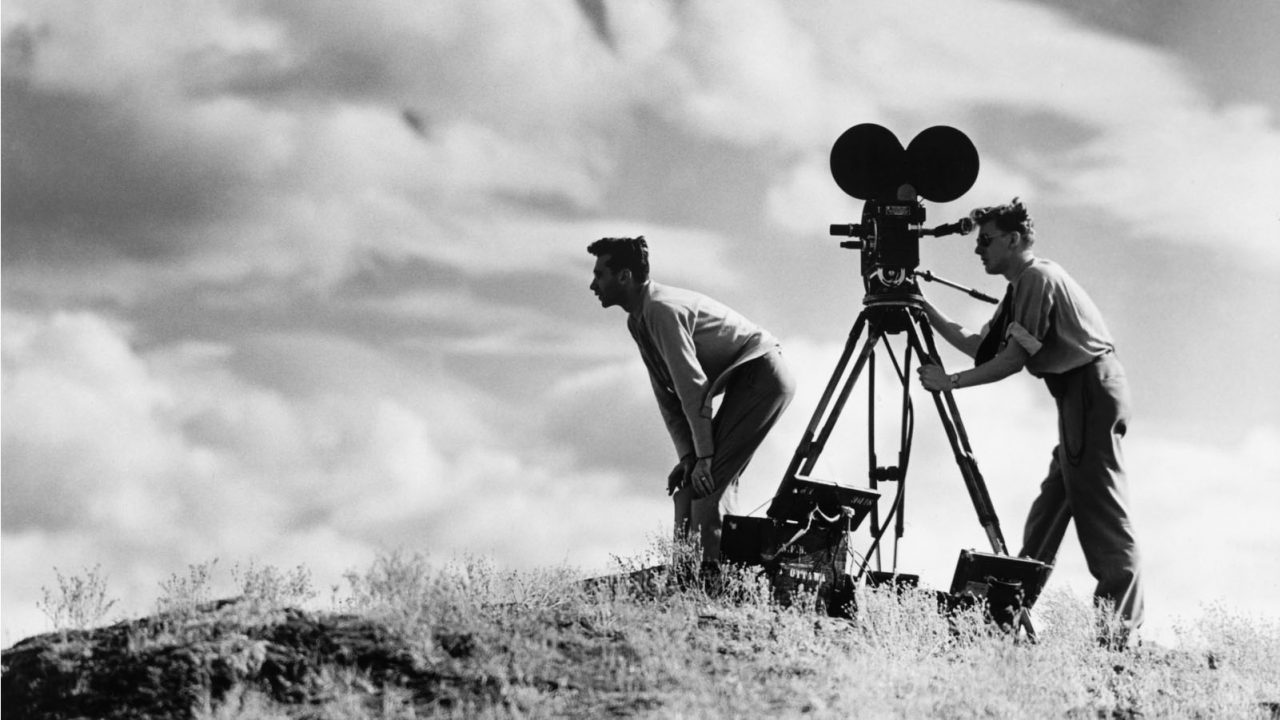
As a boy in the early 1940’s, my friend and I travelled in a large buggy with the Indian Agent on the Sweetgrass Reserve, near Battleford. He was making his rounds and stopped several times to visit with resident families. The stop that I remember best was where several families were making hay with primitive equipment. The hay field was of Prairie Wool grass which is native to the Region. Earlier it was the staple food of the Buffalo. I spoke to one of the Native
girls working in the hay field. She told me that they were all anxious to get the hay loaded on their hay racks and delivered to nearby farmers as they needed food and were hungry. I had never thought of being hungry to the extent that I believed she meant and felt very moved about what she said to me.
That’s not even 10 miutens well spent!
Ce film est le premier d’une trilogie qui montre l’évolution/ la transformation de Pete Standing Alone de 1960 (culturellement aliéné) vers la prise de conscience de son identité culturelle (Standing Alone,1982), et finalement, à 81 ans, comme mentor pour les jeunes autochtones en quête de leur propre identité culturelle (Round Up, 2010). Trois films à voir absolument!
Ce film est le premier d’une trilogie qui montre l’évolution/ la transformation de Pete Standing Aline de 1960 (culturellement aliéné) vers la prise de conscience de son identité culturelle (Standing Alone,1982), et finalement comme un mentor de 81 ans pour les jeunes autochtones en quête de leur identité Round Up, 2010). A voir absolument!
Is the Sun Dance the one where the Braves in previous times, pinned rawhide through their pectoral muscles and leaned their weight back against the tether as they moved in a circle?
The Indigenous commentator has a voice and expression that sounds much like Chief Dan George of the West Coast, who co-starred in Little Big Man and many other Films. Great stuff!
I worked as a younger IWA Construction Worker building Saw Mills on the West Coast. There were several Native Men on our crew, with the greatest sense of humour. A fresh way of seeing the happenings in Life. Very different than the White Man’s attitude.
Fascinating. I remember as a young boy, back in the 1950s when Native People came through the farms in East Alberta, looking for work. They would come by Horses and Wagons and camp on the Church Grounds, up on the hill near my Uncle’s farm. They made large fires and I remember hearing them Drumming and Dancing late into the night. I was intrigued and a bit afraid of their freedom and the wildness in their character.
Once while hauling hay a Native Man who was working with us, showed me the Hunting Knife he wore on his belt. I was over the moon impressed, because his knife and sheath were much larger than the one I had at home and it had so much more character and mystery than mine. I wondered if he’d ever fought anyone with it, though I was afraid to ask.
They travelled with the whole Family; Grandparents, Mother and Father, Young Men and Women and small Children. With an extra horse or two tethered to the wagons and sometimes a few dogs.
There was something free and wonderful about them, when seen from my lifestyle tied to the farm.
This is great writing.